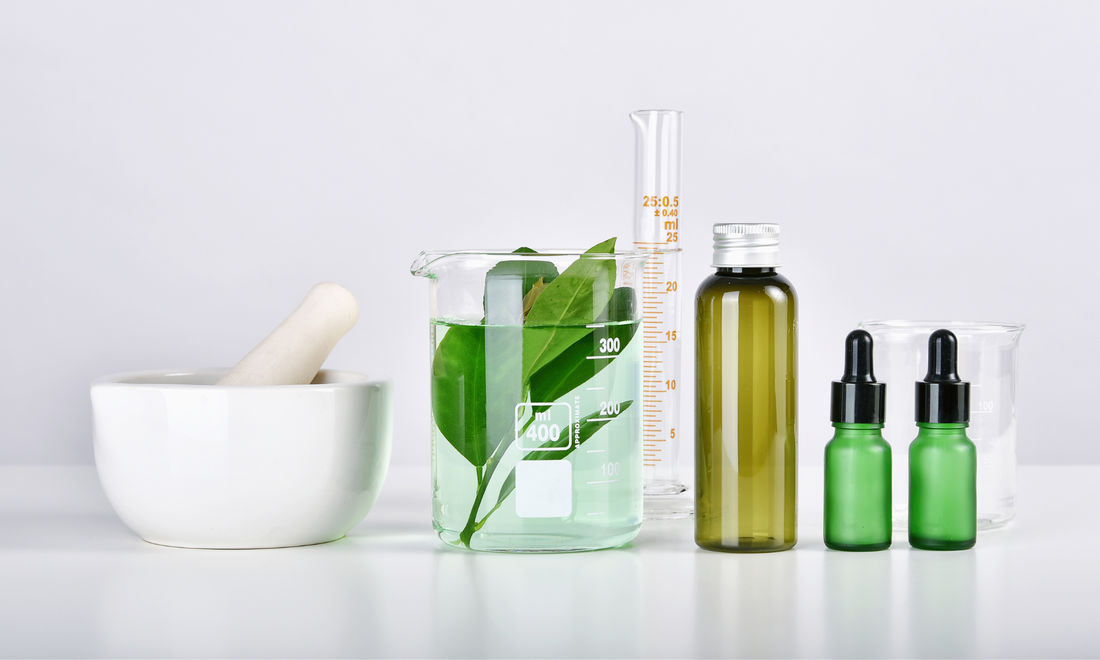Cosmetic products play a significant role in our daily lives, offering a wide array of beauty and personal care solutions. Behind every cosmetic product lies a diverse range of ingredients that contribute to its formulation. The International Nomenclature of Cosmetic Ingredients (INCI) name is a standardised system that helps identify and classify these ingredients. In this comprehensive blog post, we will explore various aspects of INCI names, including their definition, significance, and how to find them. We will also address some frequently asked questions from customers about INCI names and using them on product labels.
What is an INCI name?
The term INCI stands for International Nomenclature of Cosmetic Ingredients. It is a standardised and systematic naming system used to identify cosmetic ingredients worldwide. The development and publication of INCI names are overseen by the US Personal Care Products Council (PCPC). However, it is important to remember that having an INCI name does not guarantee that the ingredient is legally permitted or safe to use in cosmetic products.
Finding an INCI name
For those operating in the EU/UK markets, the official source to obtain INCI names is the published Glossary, (see Commission Decision (EU) 2019/701). In addition to the Glossary, CosIng (short for Database of Cosmetic Ingredients), is a searchable online database and is a valuable resource. CosIng provides not only the INCI name but also other identifiers such as CAS numbers and EINECS numbers. It also indicates whether an ingredient is included in any of the annexes of the Cosmetic Regulation. While CosIng is a reliable tool, the Glossary remains the primary legal source for INCI names. To optimise searches on CosIng, use the 'Advanced Search' page and select 'Ingredient' to narrow down results effectively.
Purpose of an INCI name
The INCI name serves multiple purposes in the cosmetic industry. One of its primary roles is to promote uniformity and facilitate the identification of ingredients. This helps reduce confusion among manufacturers, regulators, and consumers. For cosmetic brand owners, the INCI name is crucial for accurately labelling the ingredient list on product labels. It follows specific rules, and while it is preferred to use only the INCI name, many competent authorities, like Trading Standards, accept the common name within brackets alongside the INCI name. For example, "Lavandula Angustifolia (Lavender) Oil" is an acceptable format.
Composition of INCI names
INCI names for some ingredients closely resemble their common names. For instance, Glycerine / Glycerin. However, in the case of botanical-based products, the INCI name typically derives from the plant's botanical (Latin) name. The INCI name of nature-derived products generally consists of three parts: the botanical name, the specific plant part used, and the ingredient type. For instance, the essential oil Ylang Ylang has the INCI name "Cananga Odorata Flower Oil," where "Cananga Odorata" indicates the botanical name, "Flower" denotes the plant part used, and "Oil" specifies the ingredient type. Many carrier oils also follow the same format – Helianthus Annuus Seed Oil is Sunflower oil. Sometimes the plant part is not necessary e.g. Pelargonium graveolens oil (geranium EO).
Limitations and verification
INCI names may occasionally be outdated or refer to older versions of botanical names. Furthermore, botanical names might be associated with different common names and vice versa. To resolve any ambiguities, it is critical to verify the identification with the ingredient supplier.
Where can I find the INCI name?
The Cosmetic Product Safety Report (CPSR) report provides the correct INCI names to facilitate label preparation. However, if the INCI name is unavailable, it is recommended to refer to the supplier's documentation for verification. When dealing with mixtures or complex ingredients, be sure to include trade names and supplier details in the submission forms. In certain scenarios, the INCI name may refer to different ingredients, such as different chemotypes of essential oils, which necessitates further confirmation through supplier documentation (examples: thyme oil, basil oil).
Legal use of ingredients not listed in the Glossary
It is possible (and legal) that there may be an ingredient that doesn’t have an officially registered INCI name. It is OK to use an ingredient if it doesn’t have an INCI name. Your safety assessor should help you choose an appropriate INCI name to use, and check the safety of the ingredient, as normal, and confirm it is safe to be used.
INCI names for colour ingredients
Permitted colours are listed in Annex IV of the Regulation, and for the most part use the format CI nnnnn (Colour Index, followed by 5 numbers). There are a couple of exceptions worth noting – Mica has an assigned CI number (CI 77019) but the official INCI name is ‘Mica’; similarly, the CI number for Tin Oxide (CI 77861) is not used as an INCI name.
INCI names for scent ingredients
Complex mixtures of scented components are designated with the INCI name 'Parfum,' commonly known as Perfume. This allows perfume manufacturers and developers to maintain confidentiality and protect their formulations as trade secrets. To assess the safety of a 'Parfum,' manufacturers provide various documents, with the IFRA certificate being a critical one.
If the scented mixture is intended for a lip / oral product, the INCI name is 'Aroma.' In some cases, food flavouring ingredients are used in lip /oral products instead of Aromas, and the safety assessment can be based on either the IFRA certificate or documents supporting the ingredient's use as a food flavour.
Another option for scenting products is to use essential oils (EOs), which are classified as 'Natural Complex Substances' (NCS). Since there can be variability between different batches of essential oils, this is taken into account during the safety assessment. Each individual EO is named in the ingredient list.
It is possible that a 'Parfum' is entirely composed of only EOs. In this scenario, the Responsible Person has the option to decide whether to use the term 'Parfum' on the ingredient label or list the individual EO names. However, this approach only works if the levels of EOs are known so that the correct order can be determined, or if the 'Parfum' mixture is less than 1%, in which case, it is permitted to list the ingredient names in any order. If the 'Parfum' is a mixture of EOs and other components, using the INCI name 'Parfum' is mandatory, and listing individual EOs alongside it is not allowed.
Remember, the ingredient list serves as a legal requirement for cosmetic products. Additional information on the label can describe the product's contents differently, while remaining accurate and truthful. For example, if a perfume contains orange oil, it is permissible to state in the product description something along the lines of "contains essential oil of orange as a natural component of the perfume," even if the specific ingredient name "Citrus Aurantium Dulcis Peel oil" is not listed in the ingredients (INCI) section.
Can a QR code replace the ingredients list on the label?
The current regulations mandate the inclusion of the ingredient list on the label. However, there are ongoing discussions about the possibility of allowing QR codes for this purpose in the future. The updated list of allergens that will need to be listed has recently expanded, and this has caused discussions around using a QR code to be a priority. The legislation for the list of ingredients has been published but does not mention alternative ways to provide that information, so currently a QR code is not allowed.
What if I can’t fit the ingredient list on my label?
In situations where space constraints make it impractical to include the full ingredient list on the packaging, there are alternative options to comply with regulations. For products where it is physically impossible to include the list on the packaging, it should be provided on an attached label, tag, tape, card, or enclosed leaflet. If these options are not feasible, as in the case of certain products like soaps or bath balls, the necessary information must be displayed on a notice placed close to the container where the cosmetic product is offered for sale (Ref EC 1223/2009 Article 19).
Selling without labels
For cosmetic products that are not pre-packed (‘naked’) or are packaged at the point of sale upon request, the UK authorities require the information to be presented on the container used for supply or on a notice near that container. It is important to note that different EU countries may have varying regulations in this regard, as harmonisation on this specific point has not been achieved.
Written by Geraldine Garrs who has been a Cosmetic Safety Assessor in her own business (Garrs Cosmetic Safety) for more than 8 years. She has carried out over 3000 safety assessments for more than 500 small businesses - including Chalke Valley Soaps - and provides professional help and advice to brand owners to help them sell their products safely and legally. The safety assessments she provides are bespoke reports, based on unique recipes developed by cosmetic formulators, to allow them to sell their products in the EU/UK. She can be contacted via the contact form at www.garrscosmeticsafety.co.uk or at info@garrscosmeticsafety.co.uk
GCS strives to support and empower SMEs by offering expert guidance on cosmetic safety assessment, helping them navigate the complex regulatory landscape and contribute to a safer cosmetics industry.

